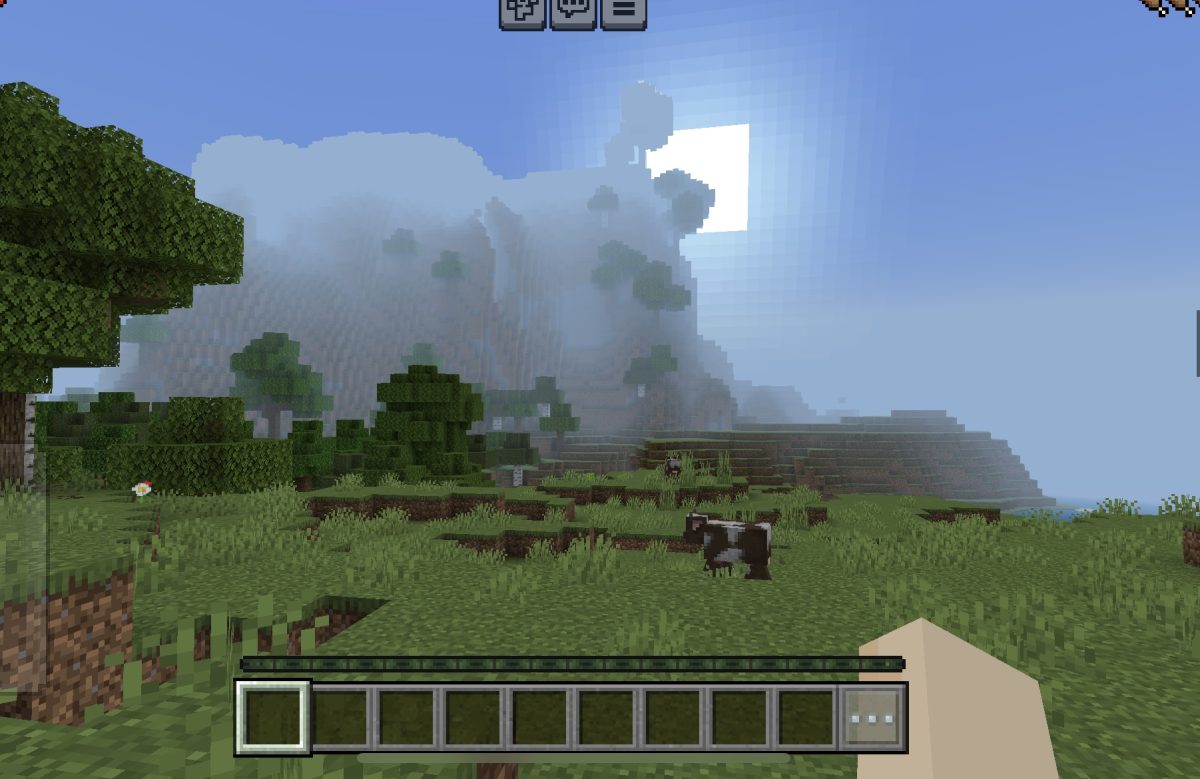By Brian Ly | Copy Editor

Cynthia Kadohata’s “Kira-Kira” uses the first word the main character, Katie Takeshima, ever learned as the title of her 2005 historical fiction novel. It means “glittering” in Japanese, and it is how Lynn Takeshima, Katie’s older sister, made the world seem to her family.
Narrated by the young Katie, the story focuses heavily on her relationships with the people in her life. When Lynn is diagnosed with lymphoma, Katie must help her family process their stress and grief as they endure hardship after hardship to find their place in the great American Dream. Set in a predominantly white community in 1950s Georgia after moving from a small Japanese community in Iowa, the Takeshima family’s problems are highlighted by the external conflicts of racial prejudice and economic inequity. However, their perseverance will prove there is something waiting for them in the future, something Katie would consider “kira-kira.”
For me to say this book was breathtaking is an understatement.
The beauty of the novel comes in the form of Kadohata’s characters. It is through Katie’s eyes that the book shines in its expressiveness and humor. There is something charming about the childish perspective she holds throughout the book, one that is perceptive yet innocent about the world around her. Her narrative is aided by excerpts from Lynn’s diary, which help further the story’s close and personal tone.
However, Katie is not a perfect character. Kadohata uses this to her advantage because it is when Katie’s emotions get the best of her that she must reflect on her mistakes. I found myself sympathizing with Katie, a girl who wanted nothing more than to see her family return to normal without stress and illness plaguing their every thought.
Kadohata conveys the effects of grief in a harrowing, realistic way, one I could relate to because of the sheer emotion she is able to insert into every scene. However, the author also made sure to accompany this grief with something much more radiant: the theme of hope.
The Takeshima family continued to persevere through their hardships, despite their exhaustion and burnout, and tried to make the best of their situation. Kadohata does an excellent job at highlighting the inequities the family faces, with many of their struggles echoing the issues that continue to plague today’s media, ones of racial injustice and economic strife.
However, a novel with so many intertwined themes can only be awe-inspiring when the author understands how to present their story. Kadohata knew exactly how to do just this, because I was blown away by her writing that weaved a mixture of Katie’s unique perspective, the family’s fight to flourish, and the growth of character into a story that felt so remarkable. Despite being targeted for younger audiences, the novel is able to tackle serious issues in an easy-to-understand manner without sacrificing any of its severity for the sake of simplicity.
By the time I flipped to the last page, I could hardly believe it was over. I found myself invested in this family, one that I could identify with because their hopeful journey is reminiscent of the struggles of today. Like Katie’s endeavors to remind her family that there is something “kira-kira” in the future, Kadohata’s novel continues to hold up as a reminder that there is always something glittering in the future for us.






